Garbage In/Garbage Out
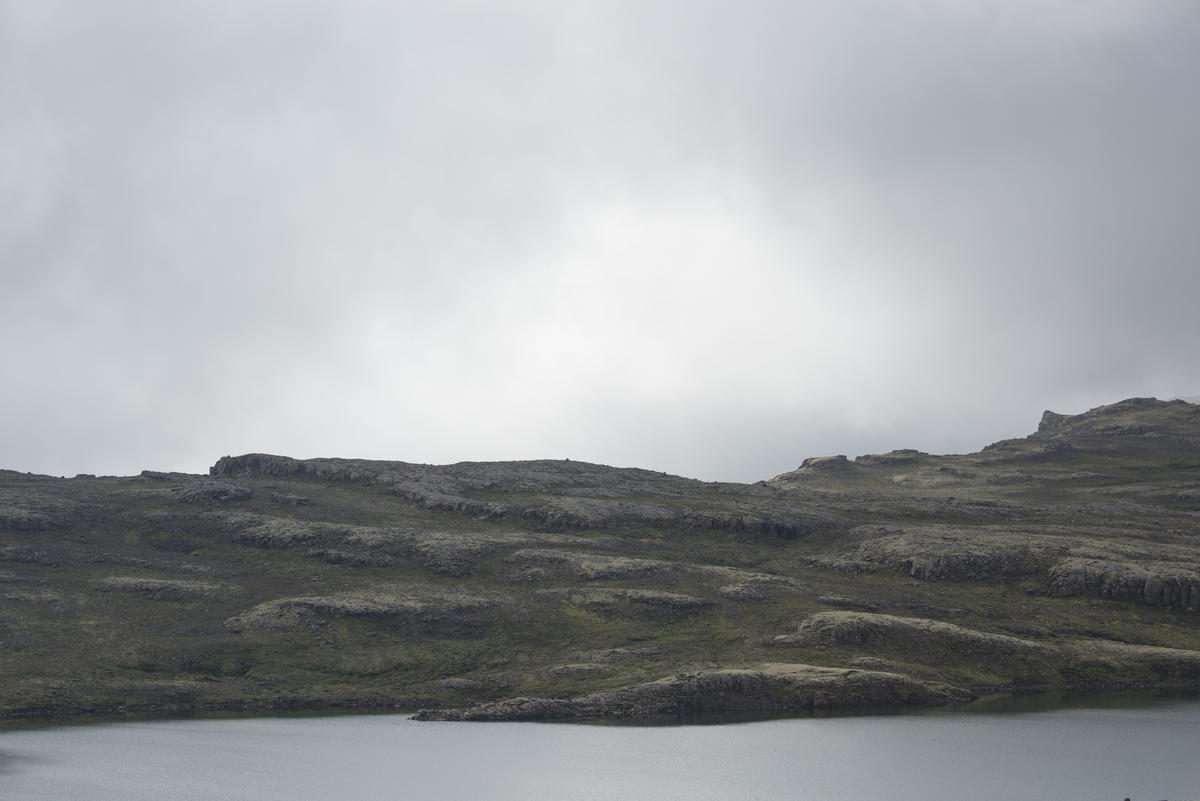
As I wind down a couple of weeks in Iceland, the first week teaching and the second in a rented car on the eastern and southern ring road of the huge island I can't help but reflect on a whole career of road trips in various countries, driving, photo-graphing, each night in different lodgings, day after day.
This, of course, becomes a way of life, life on the road with a camera, always looking, always stopping, always on the hunt for pictures. This then gets me thinking about the tools we use and reflecting on those I've used over my career.
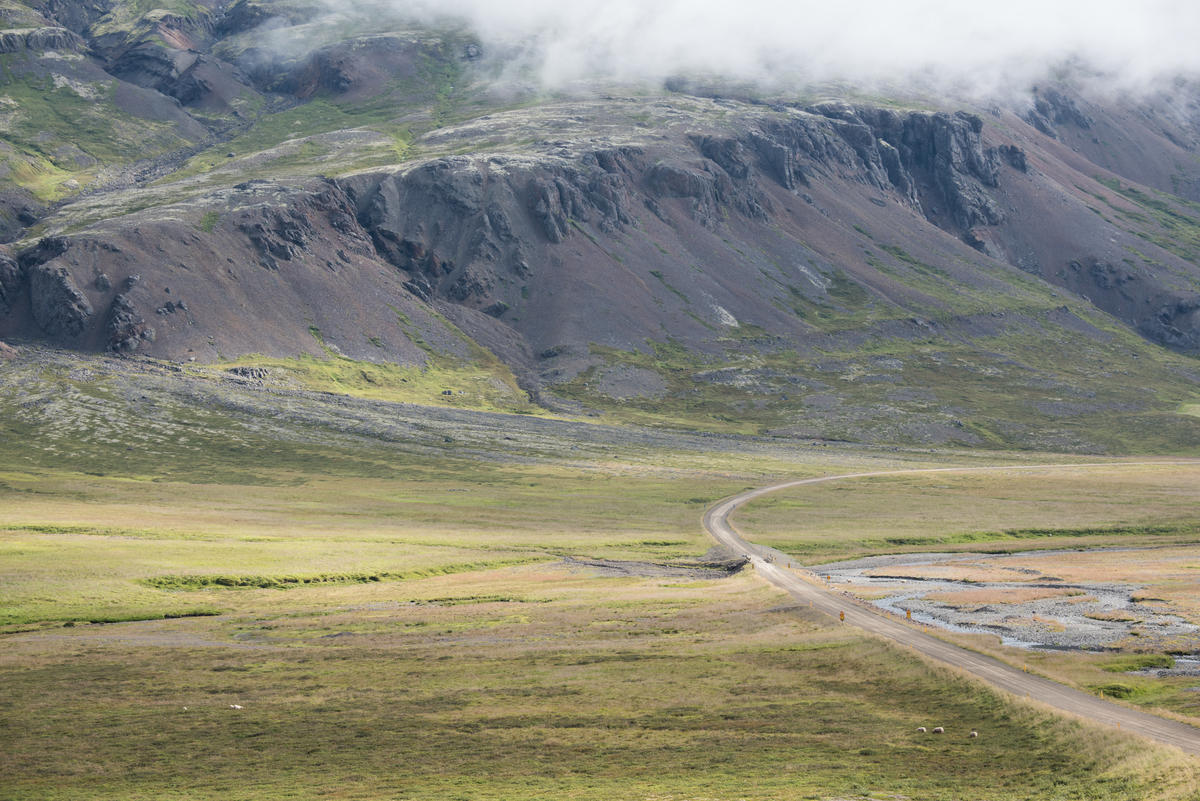
Early on the camera and lenses I used were very specifically designed for making the highest quality photographs possible. Many years of Rollei, Hasselblad, Toyo Field 4 x 5 and 8 x 10 cameras. Almost site specific tools, meaning not good for everything but good for my intended purpose of making art in the outside world of mostly things that didn't move. So, therefore these cameras were seldom used informally or to make snapshots, especially while on the road, photographing using a vehicle as the base of operations.
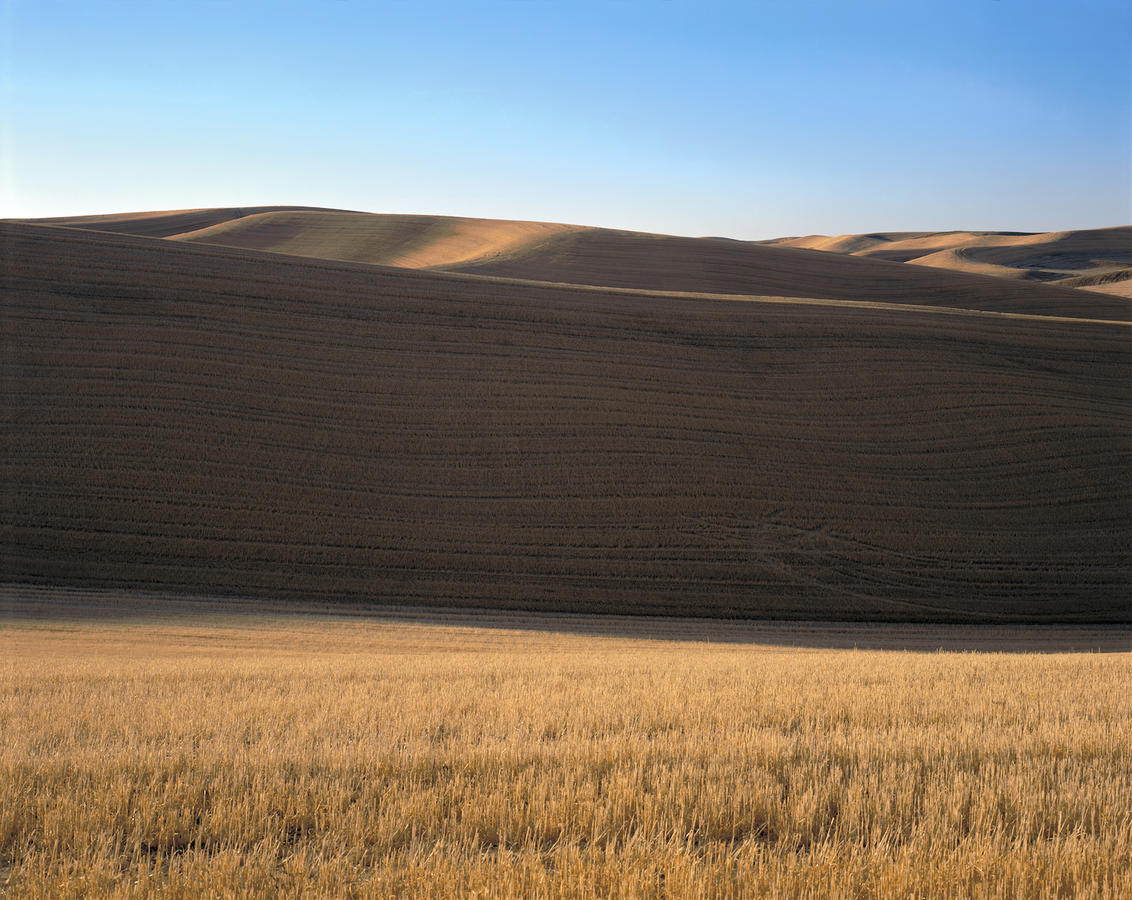 The Palouse in Washington in 2003 in 8 x 10.
The Palouse in Washington in 2003 in 8 x 10.
Now, for many, the type of camera we use for this kind of trip is the same we use to take pictures of everything. I use a high quality DSLR camera with a variety of lenses, just as most of you do. I can pick it up to photograph my grand daughter at a soccer match and also use it on a tripod to photograph the glacier across the fjord in Iceland with a 400mm lens, to walk around the town of Hofn as I did yesterday at 5 am, hand holding a somewhat too heavy but present day tool capable of really amazing quality to make pictures of whatever grabs my attention. These different roles tended to be played in earlier times with different tools.
The garbage in versus garbage out thing kicks in with how easy it is to not invest in what we are photographing, to not work with the camera to make intentional pictures with purpose and forethought, to blow off pictures, to take the attitude of, "maybe something will work out" or making many pictures towards getting one that could be great. I worked with the 8 x 10 view camera for 25 years on trips like the one I am on now. That camera was completely about "economy of scale" in that the film you'd loaded the night before was what you were shooting today. For me, twenty sheets was my limit, traveling with ten film holders. Imagine limiting yourself to twenty pictures today!
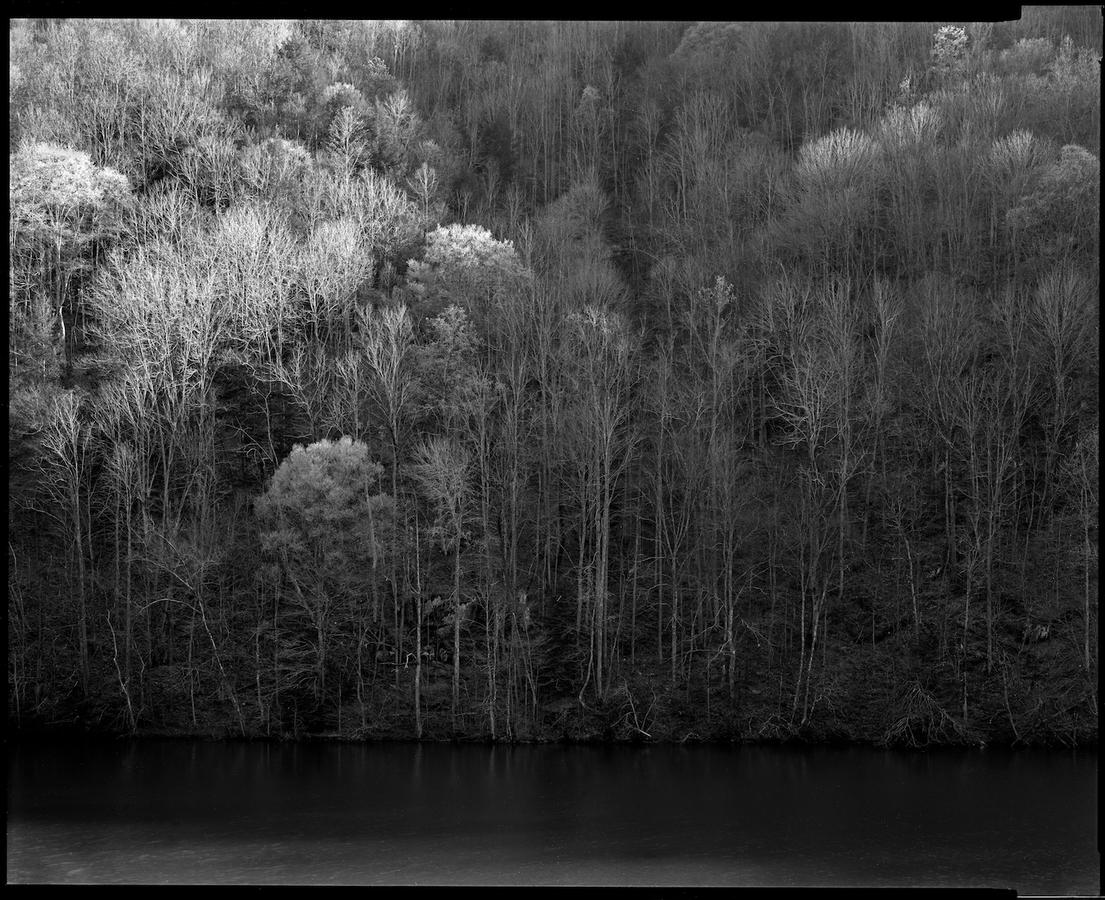 Near Highlands, Georgia 1997 in 8 x 10
Near Highlands, Georgia 1997 in 8 x 10
I too work around things, just as you do. I try different approaches, angles, camera settings. I am looking hard, thinking hard and working with intention to make the best picture I can from what is in front of me. But how can one make a good picture, make art from something if he/she is just not invested? I know, happens all the time. Of course, great photographs are made as "accidents", just not by me. I have to give it my all to make good work. I know this entails follow through as well. Back at home, I work the file, now using Lightroom, to tailor the image to my original intent. My theory is that if I worked hard to make it, I need to give an equal investment into making the final print. I know if I don't, it's just garbage.
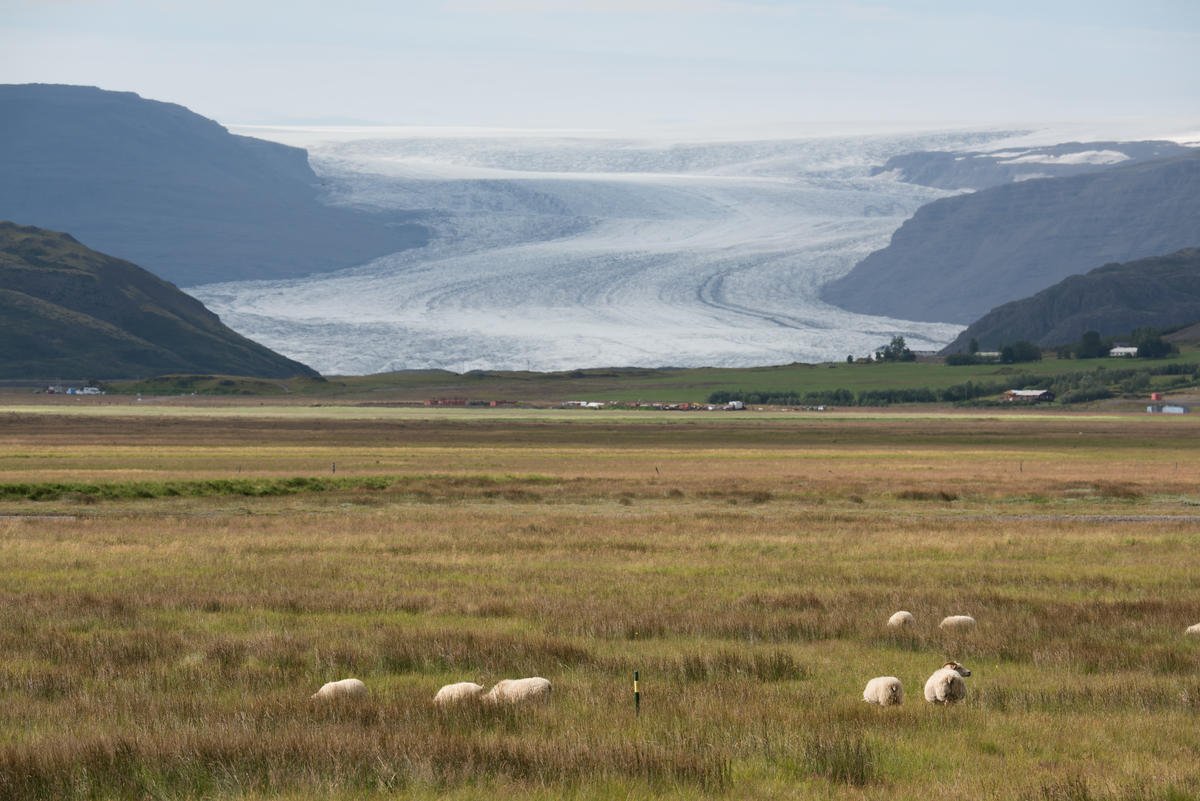
Look, we all make too many pictures. Making one print from, say, 20 tries at something isn't uncommon. But to photograph from a sense of investment and respect for what the present day camera can do, to sculpt the shot RAW file into something masterful takes commitment, time and experience using the best tools we can afford.
Next up, I hope. Back home and reflections on the pictures I made while sliding by some of the most glorious and stupendous landscape I have ever seen. I know, it has now become a cliche', the landscape of Iceland. But OMG, it is wonderful. With only 330,000 as a population, when they say overcrowded it means something very different from stalled traffic on the Mass Pike out of Boston at 5 pm on a weekday.
